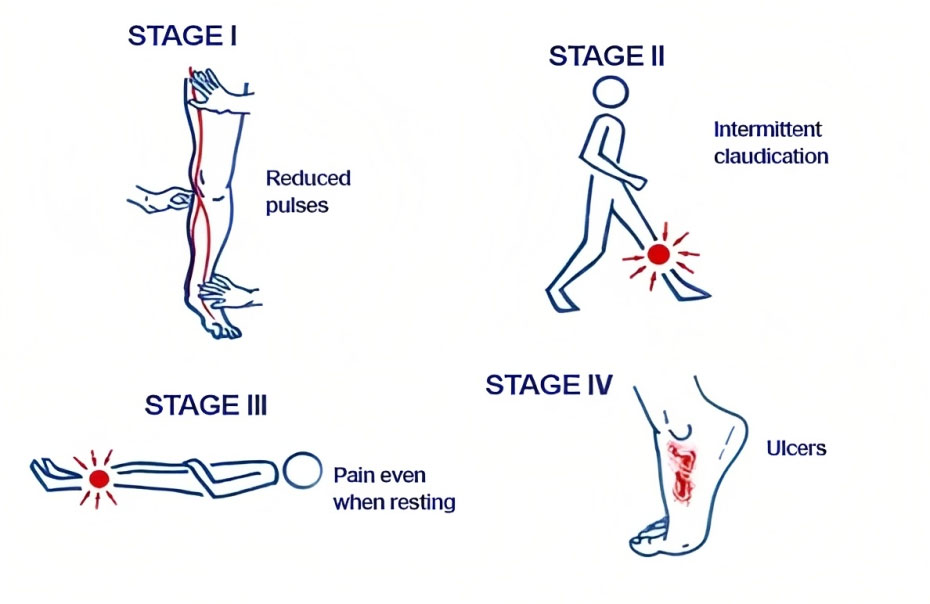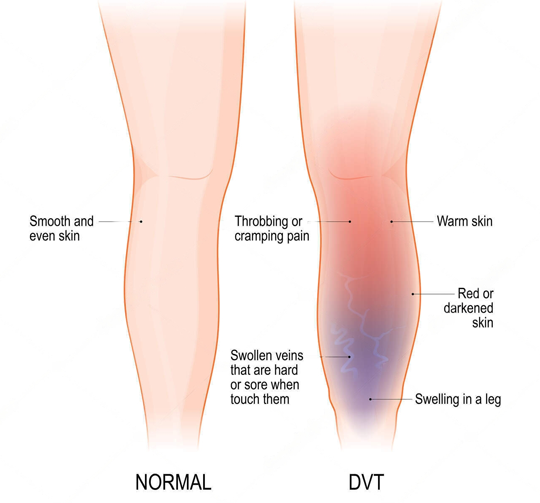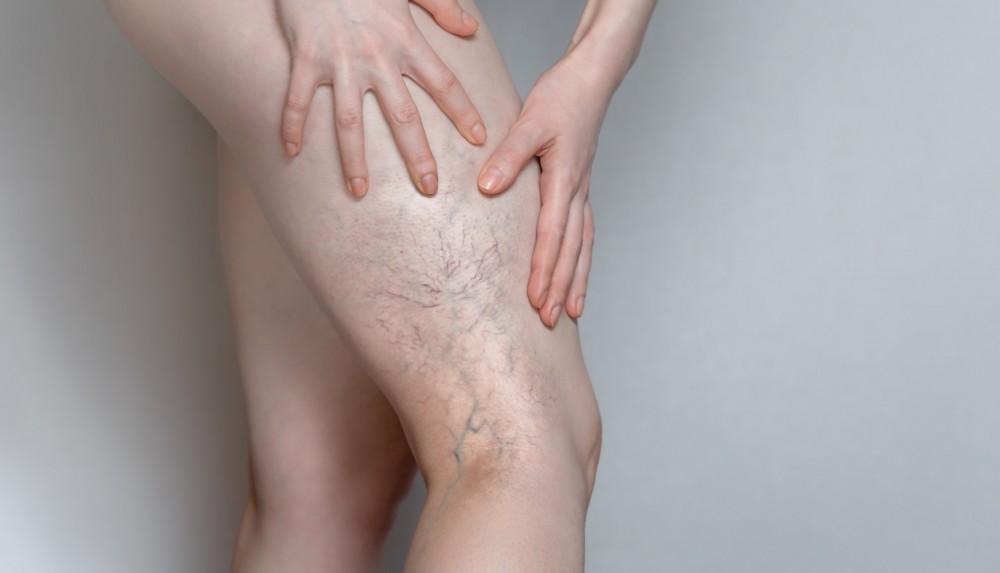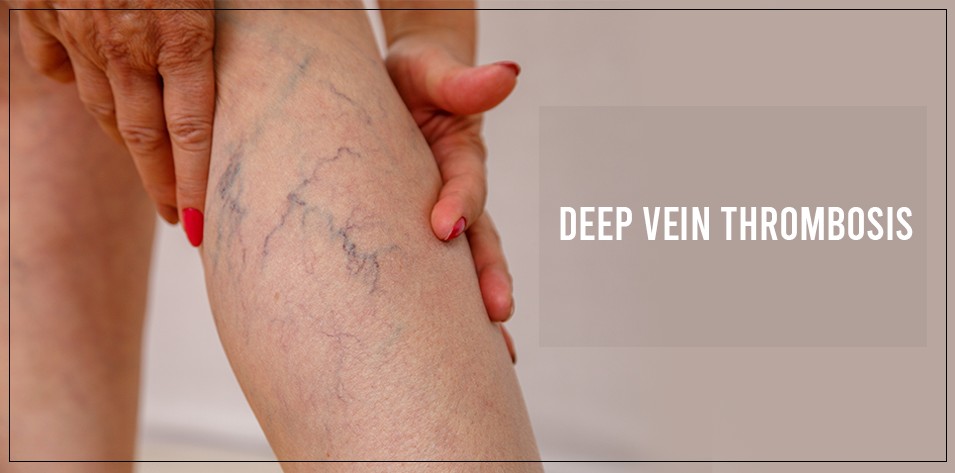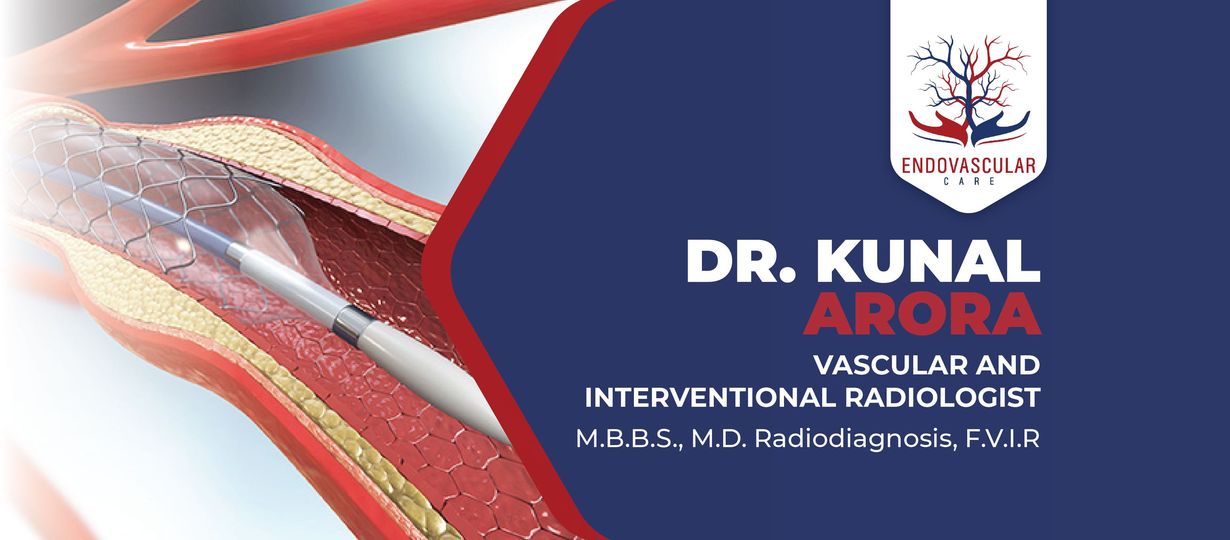Peripheral vascular disease (PVD) affects blood vessels outside the heart and brain, particularly those supplying the limbs. The Fontaine classification, commonly used to stage PVD, has four stages:
Stage I – Asymptomatic:
- Individuals have reduced limb blood flow but no noticeable symptoms. Detection may occur incidentally during medical exams or tests.
Stage II – Claudication:
- Hallmarked by pain or cramping in leg muscles during activity. Pain subsides with rest, and severity varies.
Stage III – Rest Pain:
- Individuals experience pain or discomfort at rest, often in toes or feet. Indicates severe arterial insufficiency, with additional signs like coolness or pallor.
Stage IV – Ulceration, Gangrene:
- Advanced stage with ulcer development and potential gangrene due to reduced blood flow. Early detection is crucial to prevent complications.
It’s important to note that not all individuals with PVD progress through all the stages, and the severity of the condition can vary. Early detection and management are crucial to preventing progression and complications.
For more information related Peripheral Vascular Disease, consult Dr. Kunal Arora One of the Best Interventional Radiologist in Mumbai or you can contact us on 9892288400.
